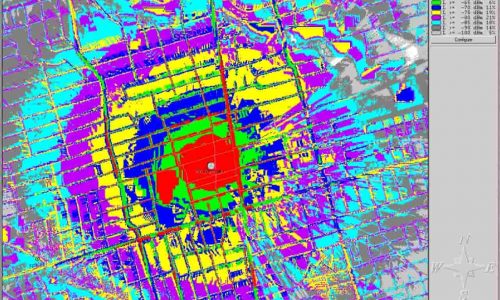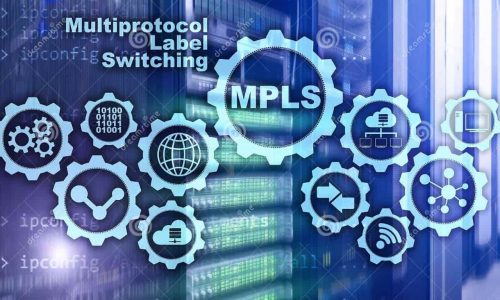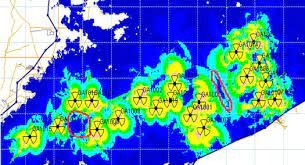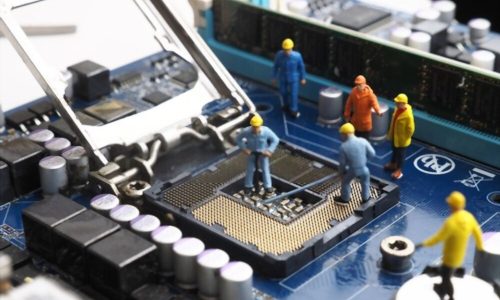UMT LTE represents a major evolutionary step for GSM/UMTS networks. It is evolutionary as well as revolutionary, in the sense that LTE is non-disruptive, and allows seamless integration and backward compatibility with GSM/UMTS networks, and in the adoption of new techniques such as OFDMA, MIMO and an all IP network. This course contains a rich mix of technologies and guides the participants on the key technological enhancements of LTE, business and market considerations and drivers, with an emphasis on the ‘nuts’ and ‘bolts’ of LTE air interface, framing and channels, QoS, and signaling scenarios.
EXPECTED ACCOMPLISHMENTS
- Describe the architectural evolution of UMTS- LTE
- Describe the control plane and user plane protocol stacks of the radio interface
- List the LTE performance metrics over the radio interface
- Explain how OFDMA and SC- FDMA techniques are applied in LTE
- Describe how IFFT and FFT is implemented in LTE
- Trace the mapping of different logical, transport and physical channels in LTE.
- Differentiate between beam-forming and MIMO
- Explain the water filling principle as applied to MIMO
- Describe the cell search and acquisition process in LTE.
- List the EPS mobility and describe QoS mechanism for an EPS bearer
- Describe the signaling procedures for registration, tracking area update and handover
- Engineers and Technicians involved in Mobile Network operation and maintenance, planning and optimization.
TARGET AUDIENCE
Managers, Engineers, and Technicians involved in the planning, deployment and maintenance of mobile networks
COURSE DETAILS
Introduction to LTE
- 4G Drivers
- 4G Building Blocks
- LTE Performance Metrics
- LTE Frequency bands
- LTE Channel Bandwidths
- Frequency allocation strategies
- allocation strategies
LTE Network Architecture
- LTE and SAE/EPC architecture
- LTE Interfaces
- Roaming scenarios in LTE
- E-UTRAN control and user plane protocol stacks
- UE categories
LTE Air Interface
- LTE performance metrics
- OFDMA and SC-FDMA
- FDD Frame format
- IFTT and FFT implementation in LTE
- Logical Channels, Transport Channels and Physical Channels
Multiple Antenna Techniques
- Multiple Antenna techniques
- Beamforming
- MIMO
- Water filling Power Allocation
- Spatial multiplexing gain
- Terminal antenna design considerations
Network Acquisition and Call Processing
- Cell Acquisition
- Initial Synchronization/li>
- LTE Downlink Reference Signals
- LTE System Information
- Cell Selection and Reselection
- Random Access Procedure
- EPS Bearer and QoS
- Registration, Tracking Update Procedures, Handover
- EPS States
- Packet Scheduling













